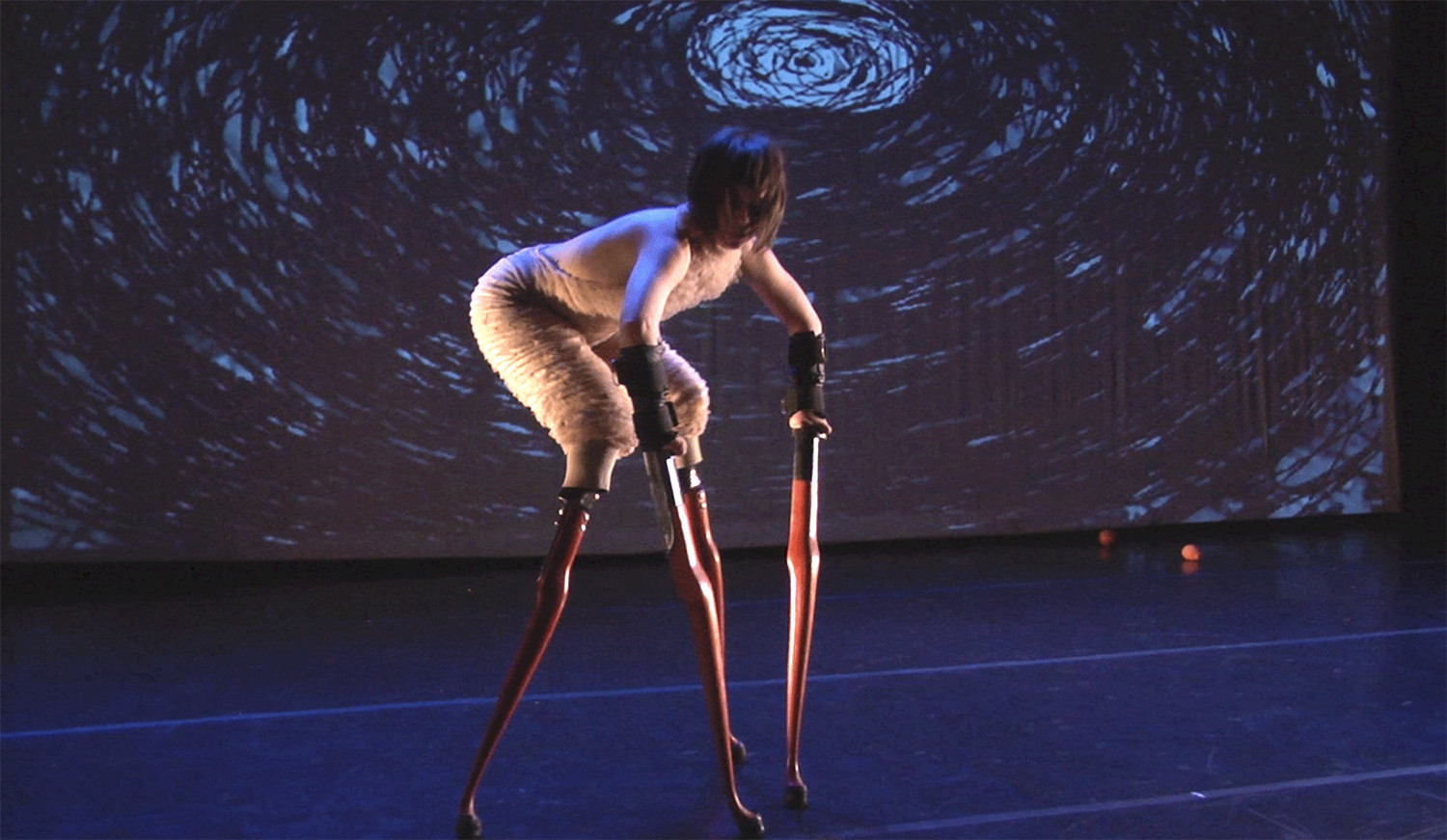 The terminology by which we describe and communicate ideas about art is, by its very nature, limiting. The limitations of language create a space of discourse with boundaries and hard surfaces to push against in order to expand our understanding of that which is the subject of contemplation; the thing we are using language to explain or mediate. Such boundaries, rather than limiting understanding, pose a challenge to all parties in the conversation. The challenge is to use the structure of language to clarify meaning, to communicate intent, and to expand definitions constrained, in the first place, by language itself.
The terminology by which we describe and communicate ideas about art is, by its very nature, limiting. The limitations of language create a space of discourse with boundaries and hard surfaces to push against in order to expand our understanding of that which is the subject of contemplation; the thing we are using language to explain or mediate. Such boundaries, rather than limiting understanding, pose a challenge to all parties in the conversation. The challenge is to use the structure of language to clarify meaning, to communicate intent, and to expand definitions constrained, in the first place, by language itself.
I have been thinking and writing about the lack of language around the subject of disability in the arts. While we have been moving, in the arts, toward a kind of language that honors and respects all participants, it is hard not to notice the vestiges of dismissive or presumptuous terminology still embedded in art historical and art critical texts and narratives. Disability itself is still quite absent from our general discourse in the arts, however there is much contemporary research and curatorial interest in inclusion in the arts generally available to the public.
Art History Teaching Resources (AHTR) is a “peer-populated platform for educators who use visual and material culture in their teaching practice” that is hosted under a creative commons license and offers pedagogical material across a wide range of art historical subjects. Relying on crowdsourcing and the generosity of scholars and artists to freely contribute knowledge, AHTR posts syllabi, lesson plans, and resources for contemporary art courses across all levels of instruction. I have been paying particular attention to their open source syllabus called Disability in Art History.
We often take technical virtuosity in the arts to be a requisite for the creation of meaningful and resonant works of art. However, technical virtuosity presuppose “ability,” and thus potentially limits the level of inclusion in art practice in perhaps an unconscious, but nonetheless significant way; perhaps the same way as sports or engineering or any other vocation that relies on the body to reify ideas and concepts may also exert limitations.
 Without expressly stating its intent, the art world has moved inexorably toward a kind of inclusiveness that is subversively making space for marginalized voices. It is not so rare anymore to note that technical mastery of the quotidian or the conceptual has been a part of art world nomenclature for some time, and that an ever-expanding definition of contemporary art includes the influence of (for instance) so-called de-skilled sources such as punk rock, “outsider” art, and dance and performance work made by multi-generational and untrained individuals including disability activist/artists and others.
Without expressly stating its intent, the art world has moved inexorably toward a kind of inclusiveness that is subversively making space for marginalized voices. It is not so rare anymore to note that technical mastery of the quotidian or the conceptual has been a part of art world nomenclature for some time, and that an ever-expanding definition of contemporary art includes the influence of (for instance) so-called de-skilled sources such as punk rock, “outsider” art, and dance and performance work made by multi-generational and untrained individuals including disability activist/artists and others.
Art History Teaching Resources states that:
Chronologically, “disability studies” emerged in the mid-to-late 1980s, and “body art” was established as a category of contemporary art in the 1970s, but disabled bodies occur in art dating to at least the 1st century CE.
So it seems we have a lot of work to do as we re-think art history and update our curriculum to reflect what we know are significant gaps in the collective knowledge share with each other and with our students. As we continue to reframe the histories and practices of art, the space that language provides for an expanded notion of meaning and value in art is one that will respond quickly to such challenges, if we initiate the conversation.
Douglas Rosenberg
Chair, UW-Madison Art Department
